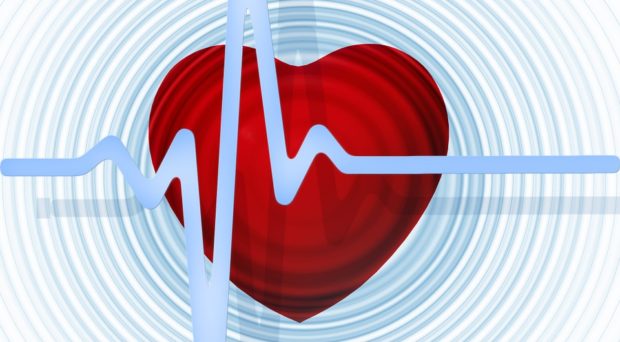
Cardiovascular disease
Cardiovascular disease (CVD) is a class of diseases that involve the heart and blood vessels. CVD includes the following conditions; coronary heart disease (heart attack), stroke, cardiomyopathy, arrhythmia and congenital heart disease.
Coronary heart disease and stroke involve atherosclerosis which may be caused by the following conditions; hypertension, diabetes, smoking and hyperlipidemia. I believe that coronary heart disease and strokes are preventable. The prevention of atherosclerosis can be done by decreasing the risk factors (i.e. smoking, high blood pressure and diabetes) and by engaging in health living (i.e. eat healthy and exercise). Cardiovascular diseases are the leading cause of death in the world and account for over 17.5 million deaths per year. Therefore, it is vitally important to do everything we can to reduce the incidences of heart attacks.
Out-of-Hospital Cardiac Arrest
Cardiac arrest is a sudden stop in effective blood flow. Cardiac arrest often happens outside the hospital. It is difficult for many patients who experience out-of-hospital cardiac arrests to survive. The most common cause of cardiac arrest is heart attack and the most effective treatment for cardiac arrest is immediate cardiopulmonary resuscitation (CPR) and defibrillation by anyone who can do these procedures. Recently, it has been reported that targeted temperature management is also effective for patients who experience out-of-hospital cardiac arrests.
The “Chain of Survival” describes guidelines to help people survive cardiac arrest. The five guidelines in the adult out-of-hospital Chain of Survival that are recommended by the American Heart Association (AHA) are: 1) Recognition of cardiac arrest and activation of the emergency response system; 2) Early cardiopulmonary resuscitation (CPR) with an emphasis on chest compressions; 3) Rapid defibrillation; 4) Basic and advanced emergency medical services; and, 5) Advanced life support and post-cardiac arrest care. I sincerely hope that these life-saving guidelines spread out to the general public so that more and more lives can be saved.
Cardiac Intensive Care Unit
The cardiac intensive care unit (CICU) is a hospital ward that specializes in the care of patients who have experienced either heart attack, acute heart failure, arrhythmia or any other serious cardiac problems. Electrocardiogram (ECG) monitoring together with medication and/or defibrillation allows for early treatment which can greatly improve the prognosis of patients who have experienced a heart attack. Therefore, I think that training capable cardiologists who are skilled at intensive care is extremely important.
World Heart Day
World Heart Day was founded in 2000 to inform people all around the world that heart disease and stroke are the leading causes of death. World Heart Day is an annual event which takes place on September 29th. This year’s theme is “creating heart-healthy environments”. It is said that the places in which we live, work and play should not increase our risk of cardiovascular disease.
Yes, we can prevent heart attacks!
Comments